A Brief History of Robot Birds
The early Greeks and Renaissance artists had birds on their brains
/https://tf-cmsv2-smithsonianmag-media.s3.amazonaws.com/filer/20130522020046bubo-470.jpg)
Our recent post on the history of the cuckoo clock inspired some research into other examples of early, non-timekeeping robot birds. For centuries, birds–pigeons and canaries in particular–have been a popular subject for inventors and engineers experimenting with early mechanical systems and robotics. Take, for example, Bubo, the ancient clockwork owl seen in the 1981 film Clash of The Titans. Bubo was forged by Hephaestus to aid Perseus in his quest and Bubo was, of course, purely fictional. There were however, actual avian automatons in actual ancient Greece.
The earliest example dates to 350 B.C.E. when the mathematician Archytas of Tarentum, who some credit with inventing the science of mechanics, is said to have created a mechanical wooden dove capable of flapping its wings and flying up to 200 meters, powered by some sort of compressed air or internal steam engine. Archytas’ invention is often cited as the first robot, and, in light of recent technological advancements, perhaps we could even consider it to be the first drone; the very first machine capable of autonomous flight. Very few details are actually known about the ancient mechanical dove, but it seems likely that it was connected to a cable and flew with the help of a pulley and counterweight. This early wind-up bird was chronicled a few hundred years later in the pages of a scientific text by a mathematician, Hero of Alexandria.
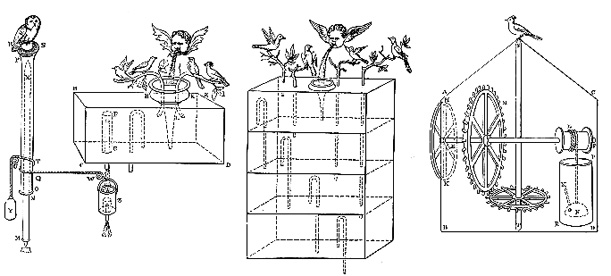
Three examples of pneumatic birds designed by Hero of Alexandria (image: The Pneumatics of Hero von Alexandria)
In his treatise on pneumatics, Hero also outlined his own designs for several different types of artificial birds that could move and sing in response to flowing water that pushed air through small tubes and whistles concealed within his carved birds. From these basic designs, the interest and intrigue surrounding mechanical birds, and automatons in general, only grew as the centuries passed.
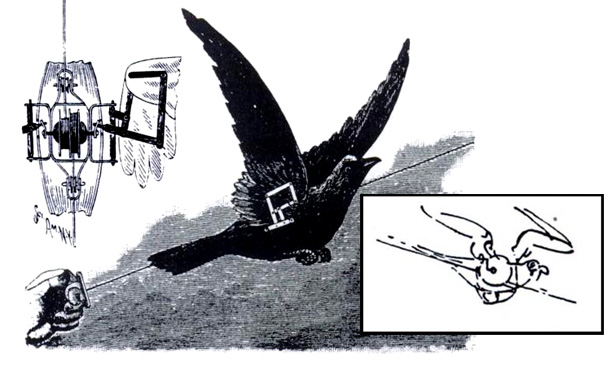
inset: da Vinci’s sketch of a mechanical bird. main image: a 19th century toy based on a similar design (image: Leonardo’s Lost Robots)
It’s well known that Leonard da Vinci was fascinated by the idea of human flight. He obsessively observed the motion of birds in flight and created dozens of designs for flying machines of all shapes and sizes – from bat-winged gliders to corkscrew helicopters. He dissected and diagrammed bird wings in efforts to unlock the secrets of flight, recording everything in a codex dedicated to flight written in the early 16th century. Around that same time, da Vinci used what he learned to create a mechanical bird for a stage production. The bird was by all accounts a relatively simple thing that flapped its wings via a mechanism activated as it descended down a cable. During da Vinci’s day, such high-wire birds were used in Florence as part of the “Scoppio del Carro” tradition, during which a mechanical dove known as the “Columbina” is used to help ignite a cart of fireworks as a way to ring in the Easter Holiday. The tradition continues today. In the incredibly entertaining but historically dubious television series “Da Vinci’s Demons,” the titular artist creates a highly elaborate mechanical dove that bares more of a resembles to Haphaestus’s Bubo than to a simple theatrical prop:
Perhaps the most famous mechanical bird appeared during the 18th century when French inventor Jacques de Vaucanson astounded the public with a duck that could quack, rear up on its legs, bow its neck, flap its wings, drink, eat, and, most impressive, poop. As they say, if it looks like a duck, swims like a duck, and quacks like a duck, then it’s probably a duck – unless it’s a robot, that is. Vaucanson charged a steep fee to witness his famous clockwork canard and the gold-plated duck quickly became the talk of France, even earning the acknowledgment of Voltaire, who wryly commented, “without the shitting duck of Vaucanson, there would be nothing to remind us of the glory of France.”
Vaucanson alleged that his creation used a complex system of artificial bowels filled with chemicals to “digest” the grain, then evacuate it through the duck’s mechanical sphincter (there’s a phrase I never thought I’d write). While it made Vaucanson famous and was surely a hit at parties, the duck’s digestion digestion was a hoax – though still quite impressive. In reality, it used an elaborate mechanical system concealed in the podium wherein grain was collected in one chamber and artificial excrement made of dyed breadcrumbs was released from another. However, the hoax was not revealed for more than 100 years. Long after the digesting duck had been forgotten, it was re-discovered in a pawnshop attic, repaired by Swiss clockmaker, and eventually fell into the hands of magician Jean-Eugène Robert-Houdin, the man from whom Houdini took his name, before disappearing once again in the late 19th century. Robert-Houdin was also a clockmaker who used his talent to create several of his own elaborate automata.
To perfect his mechanical birds, Robert-Houdin spent his days climbing trees and listening to bird songs, trying to reproducer them on his own. The next step was to create a whistle tuned to a specific birdsong, then figure out a system to play the whistle while animating the bird’s beak and wings in sync with the sound. Houdin then took his mechanical bird a step further. He created an innovative combination of automata that included both a basic android –more specifically, a mechanical woman– and a mechanical canary. The “woman” cranked a serinette –a type of music box often used by real people to teach real canaries to sing– that played a song the canary would then imperfectly imitate. The process was repeated: the woman cranked the serinette again, but on the second turn, the canary’s imitation improved. The process continued until the canary “learned” the song and could reproduce it perfectly. Robert-Houdin’s automaton not only reproduced a song, but also the apparent learning of a song.
There were many other different types of automata built during the centuries that these early robot birds were crafted, but these early robot birds were both displays of technological savvy and reflections of trends (training canaries was all the rage in 19th century France), as well as expressions of man’s efforts to understand and to master the natural world. Our fascination with the mechanics of bird and birdsong continues to this day. In our next post, we’ll look at some of the more recent bird-machine hybrids.
/https://tf-cmsv2-smithsonianmag-media.s3.amazonaws.com/accounts/headshot/Jimmy-Stamp-240.jpg)
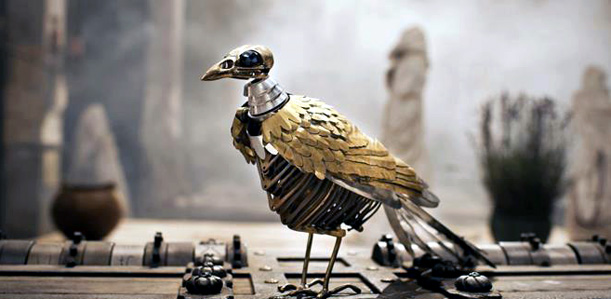
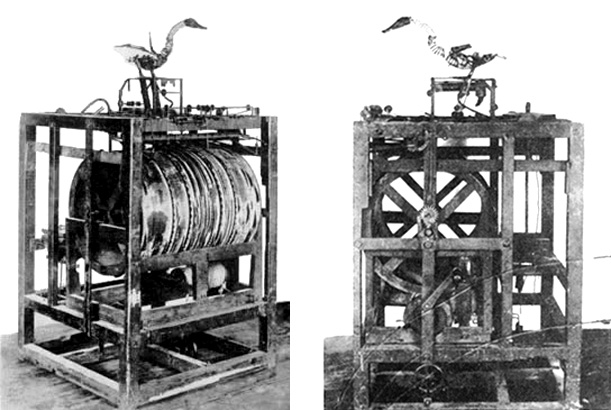
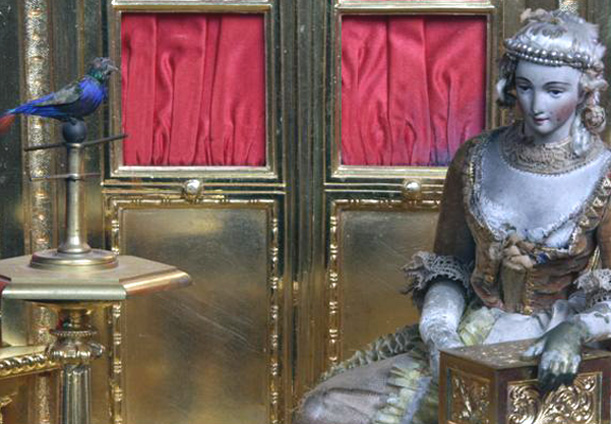
/https://tf-cmsv2-smithsonianmag-media.s3.amazonaws.com/accounts/headshot/Jimmy-Stamp-240.jpg)